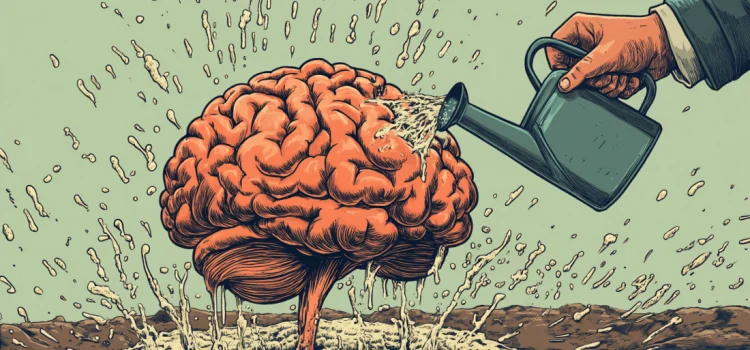What are the benefits of a growth mindset? How can a positive outlook on life improve your mental health and career? David Emerald asserts that a growth mindset allows you to begin moving toward your long-term vision, one small, proactive step at a time. He lists four benefits that you’ll receive from adopting a visionary mindset instead of a helpless one: improved mental health, improved relationships, improved outcomes, and even improved fortunes. Keep reading to discover more about several growth mindset benefits you can experience today.
4 Growth Mindset Benefits That Will Improve Your Life










